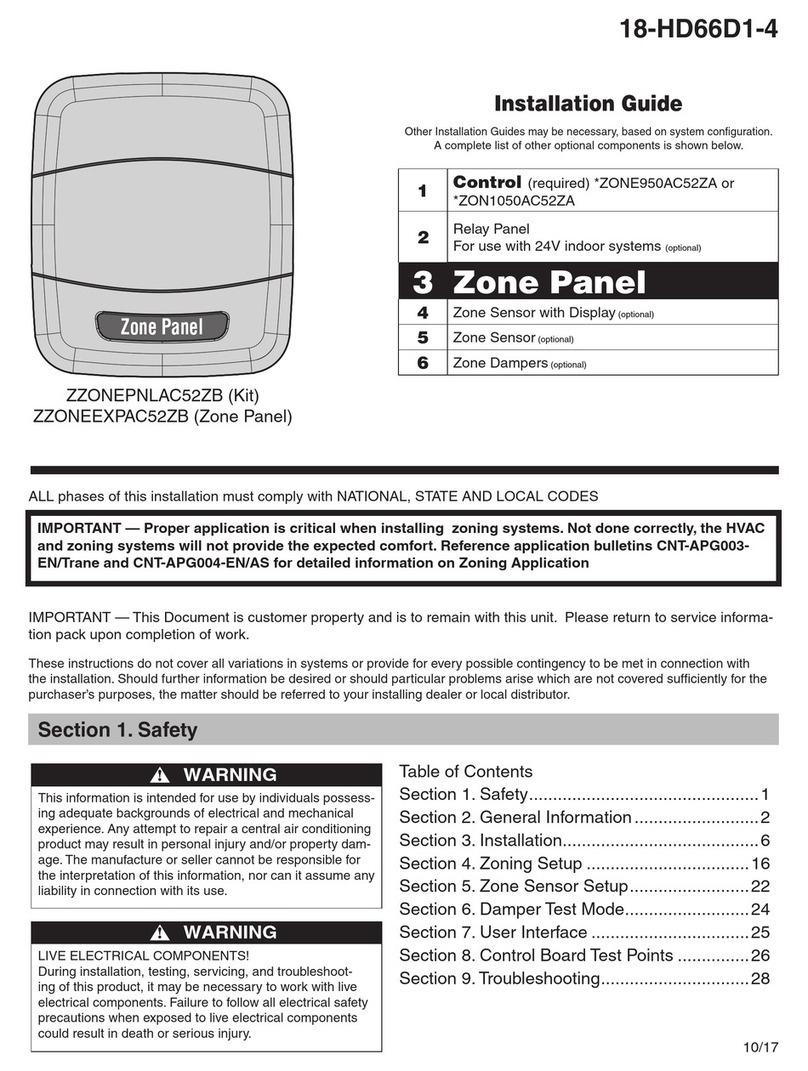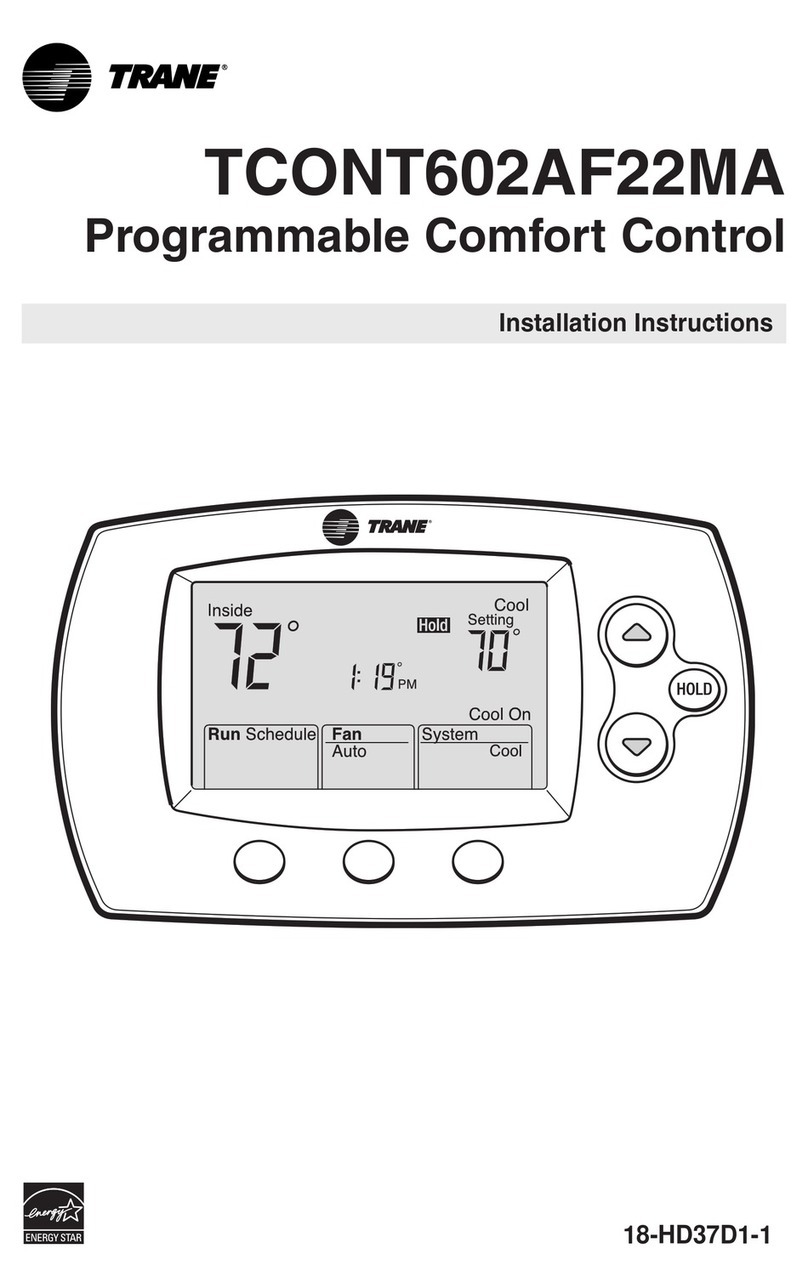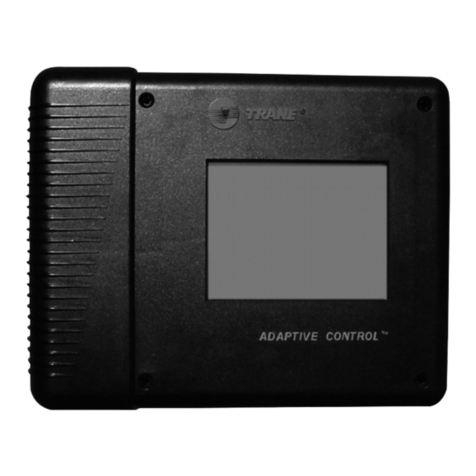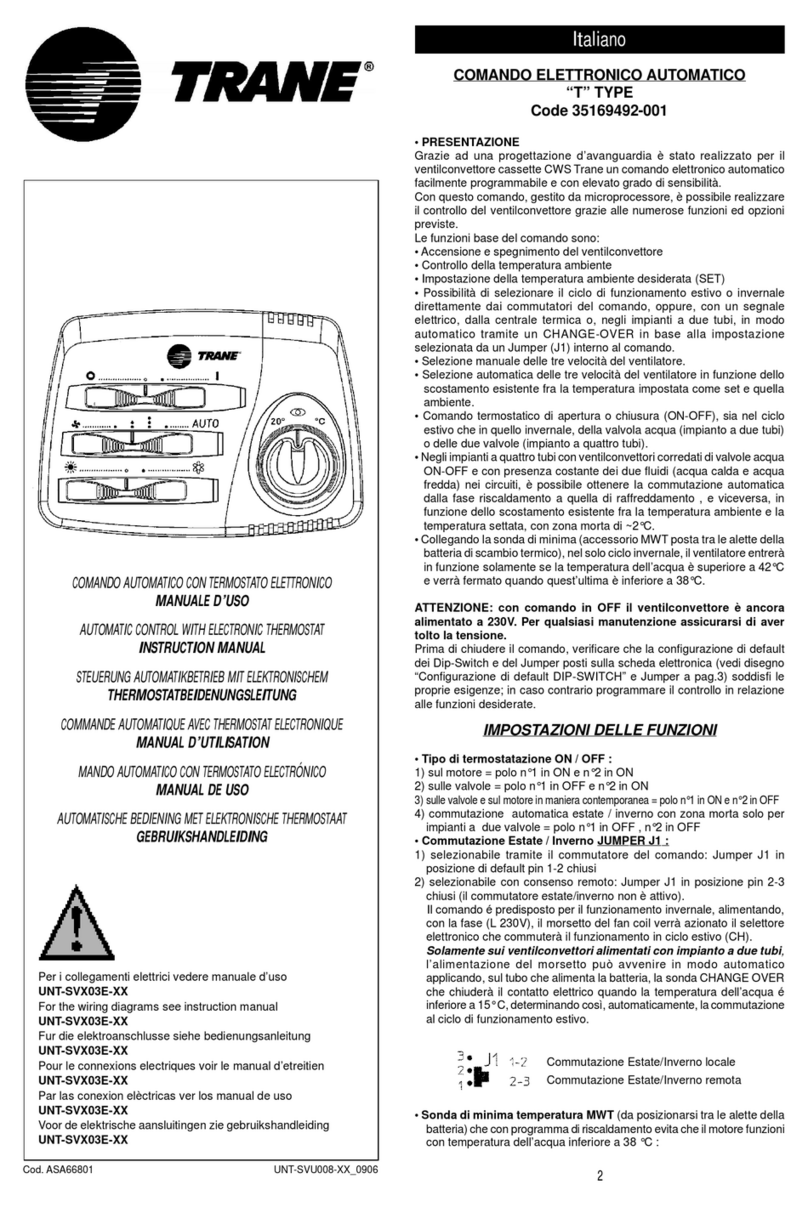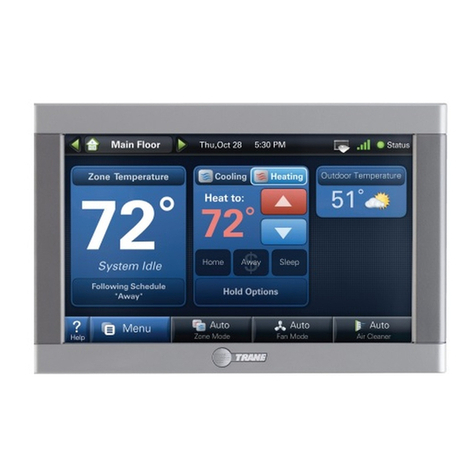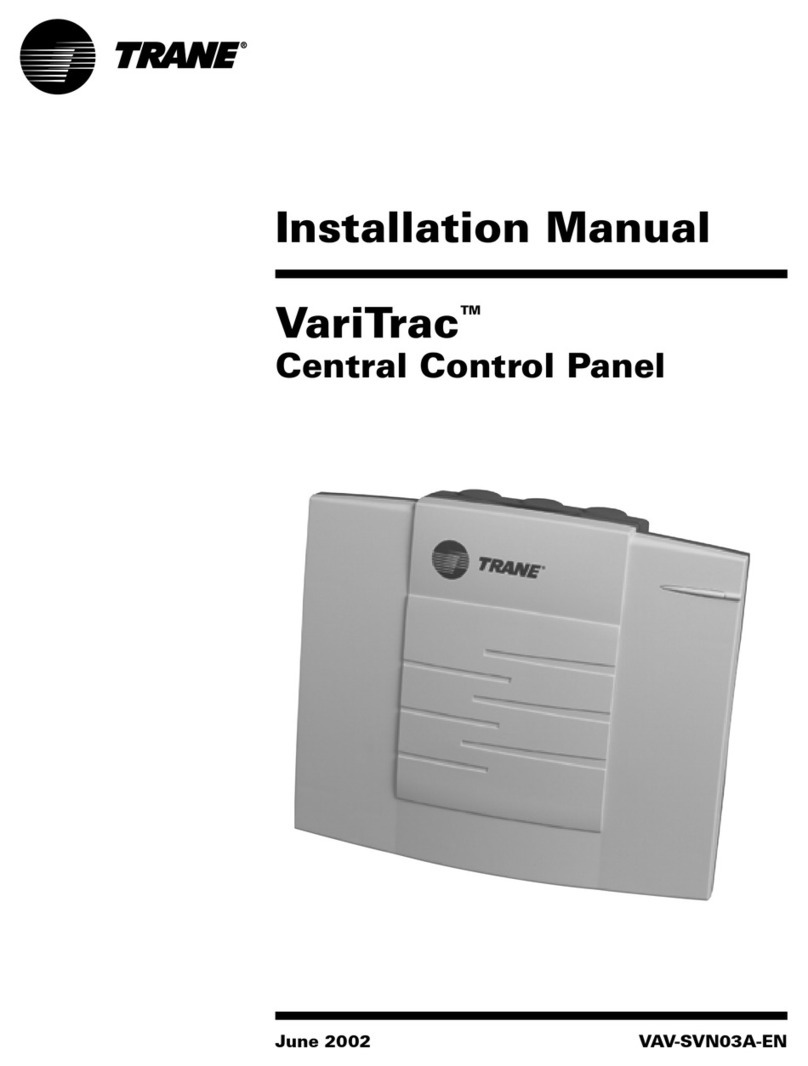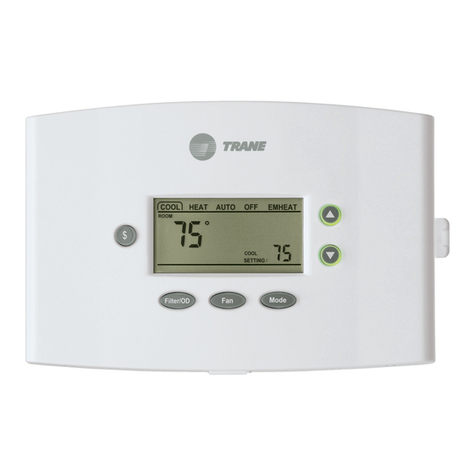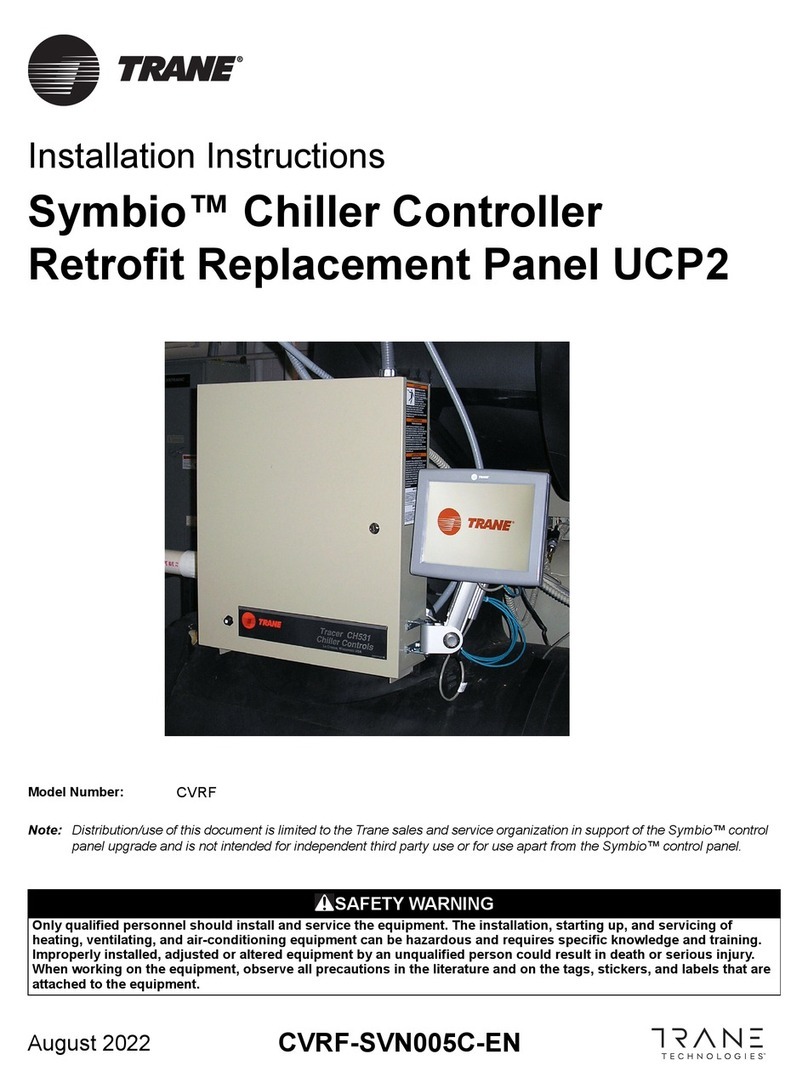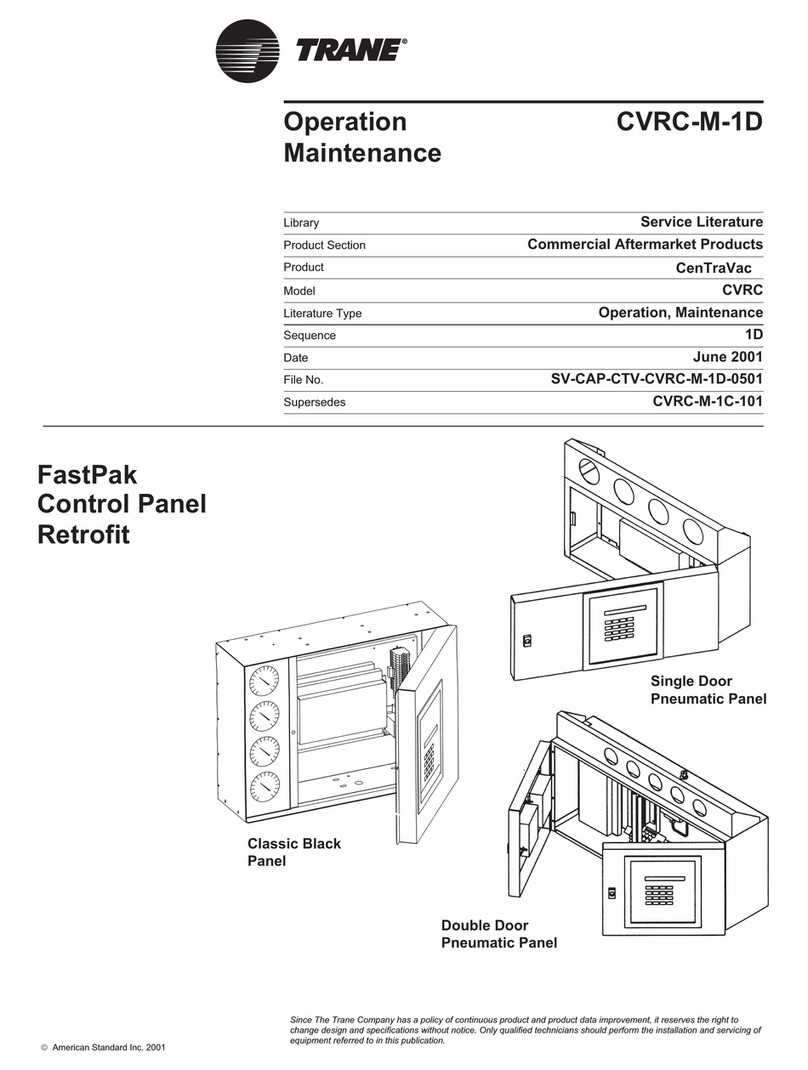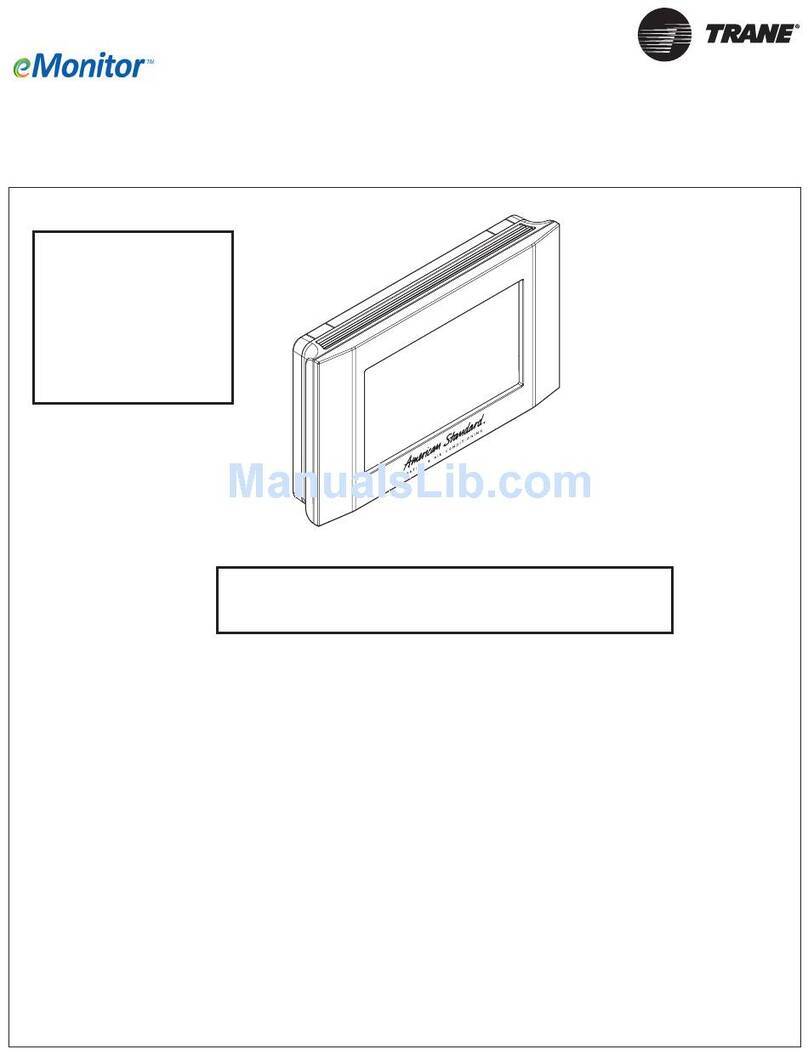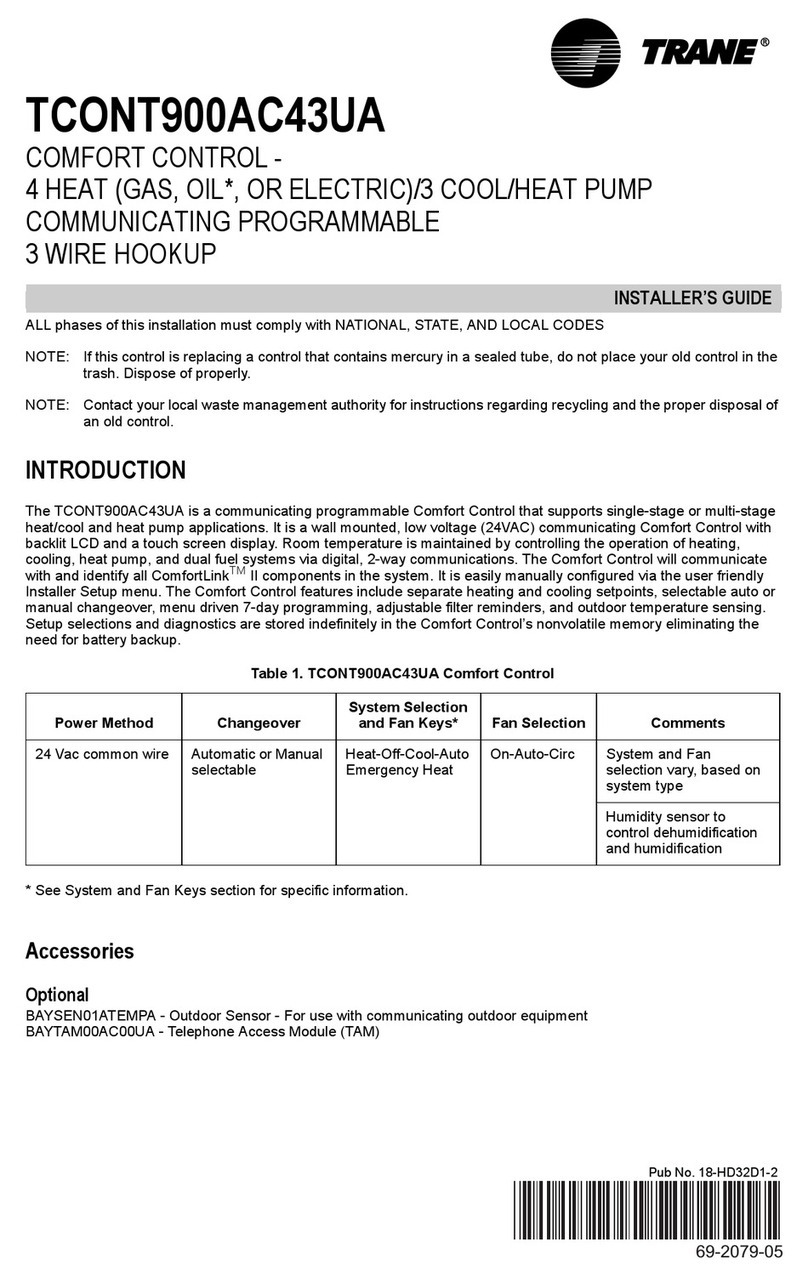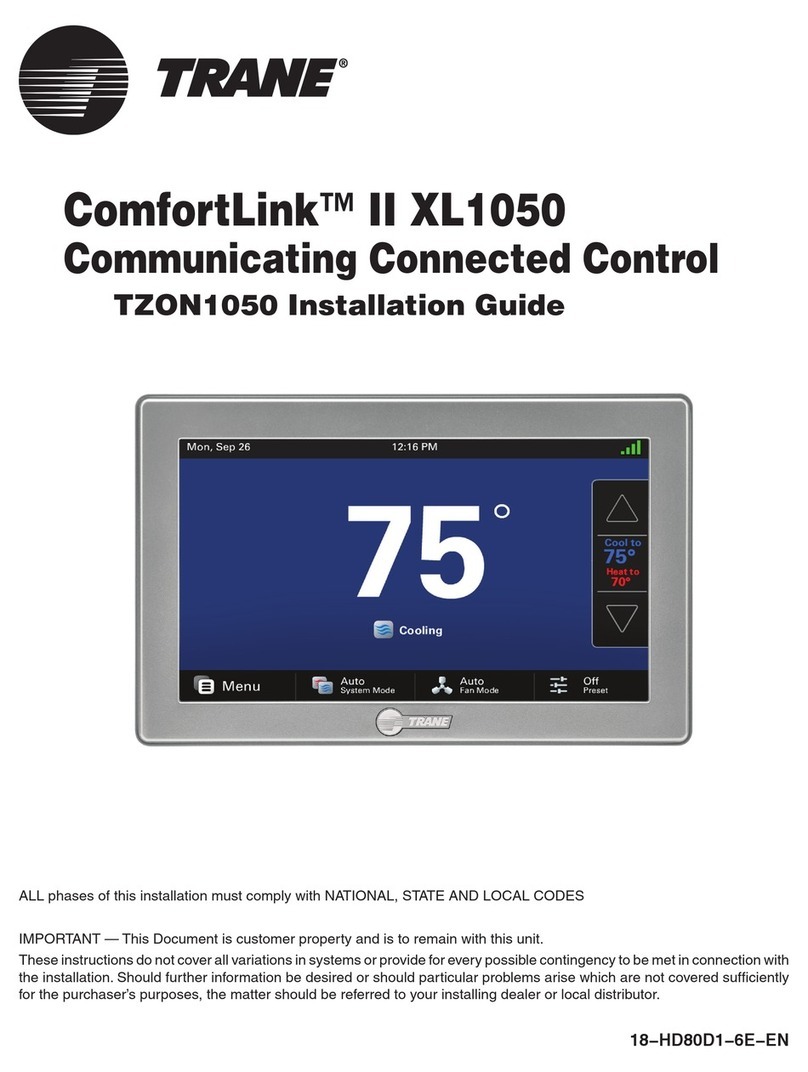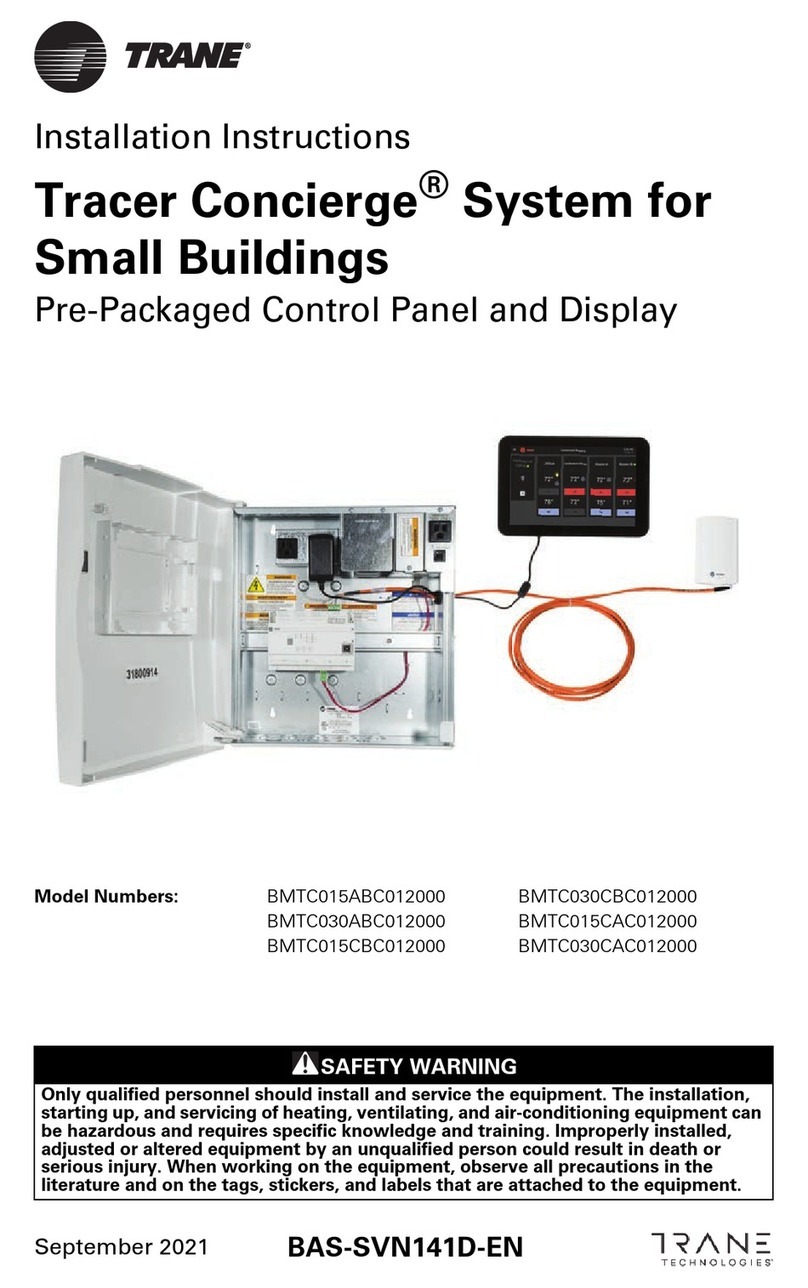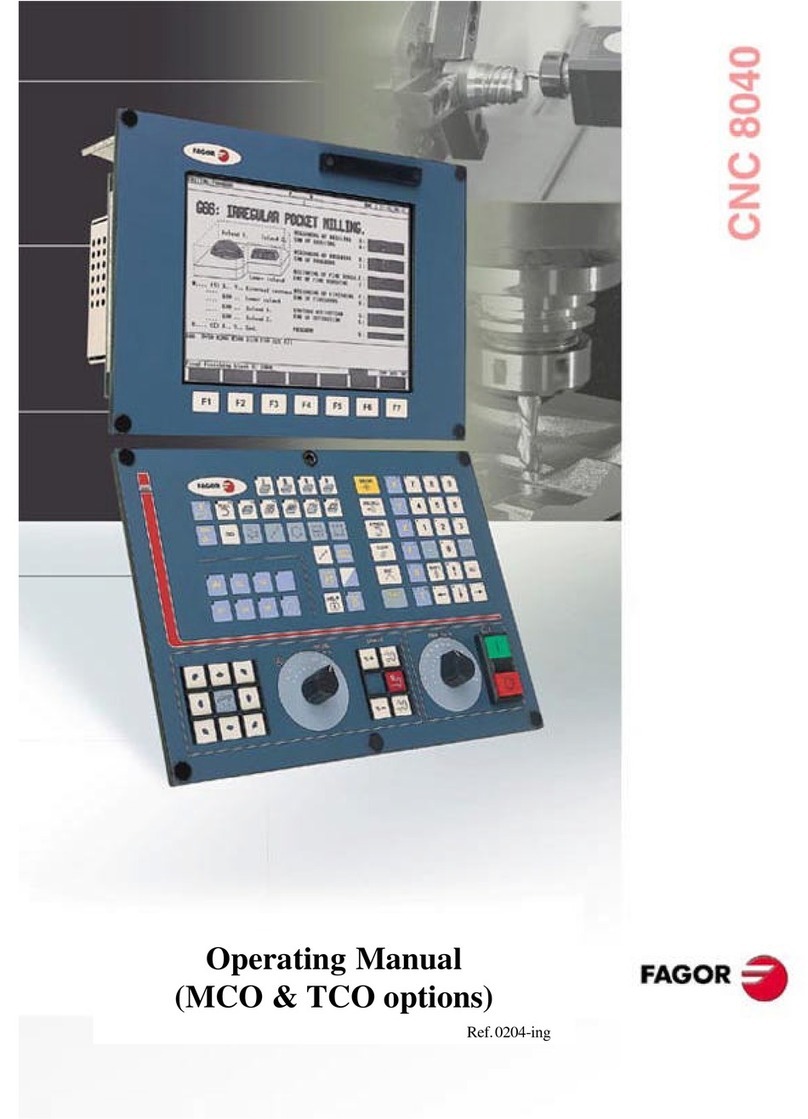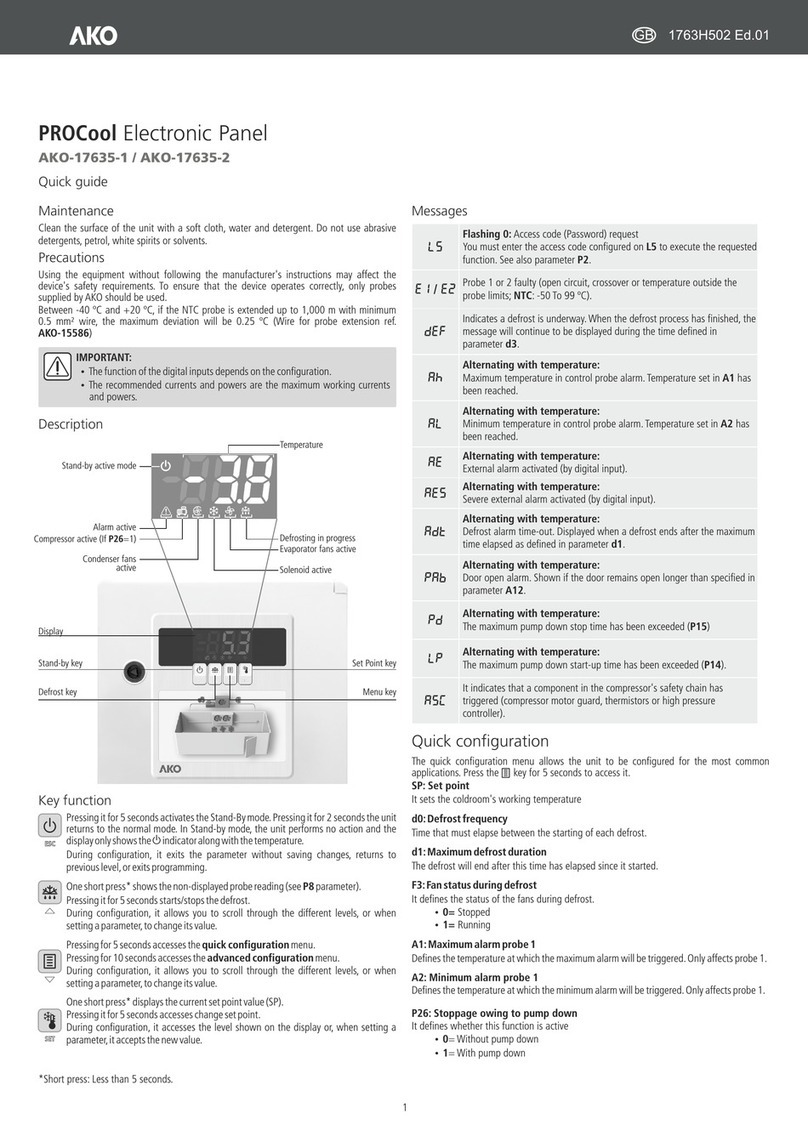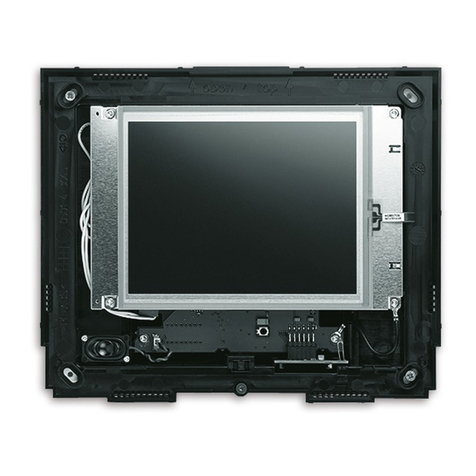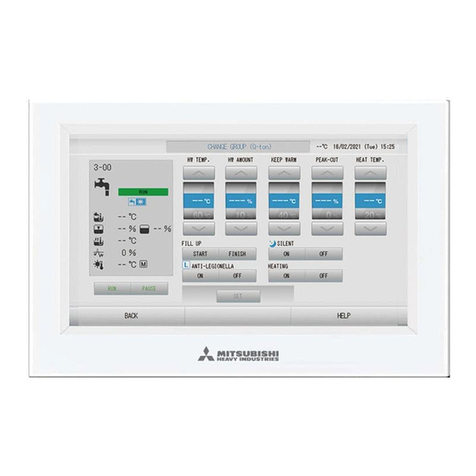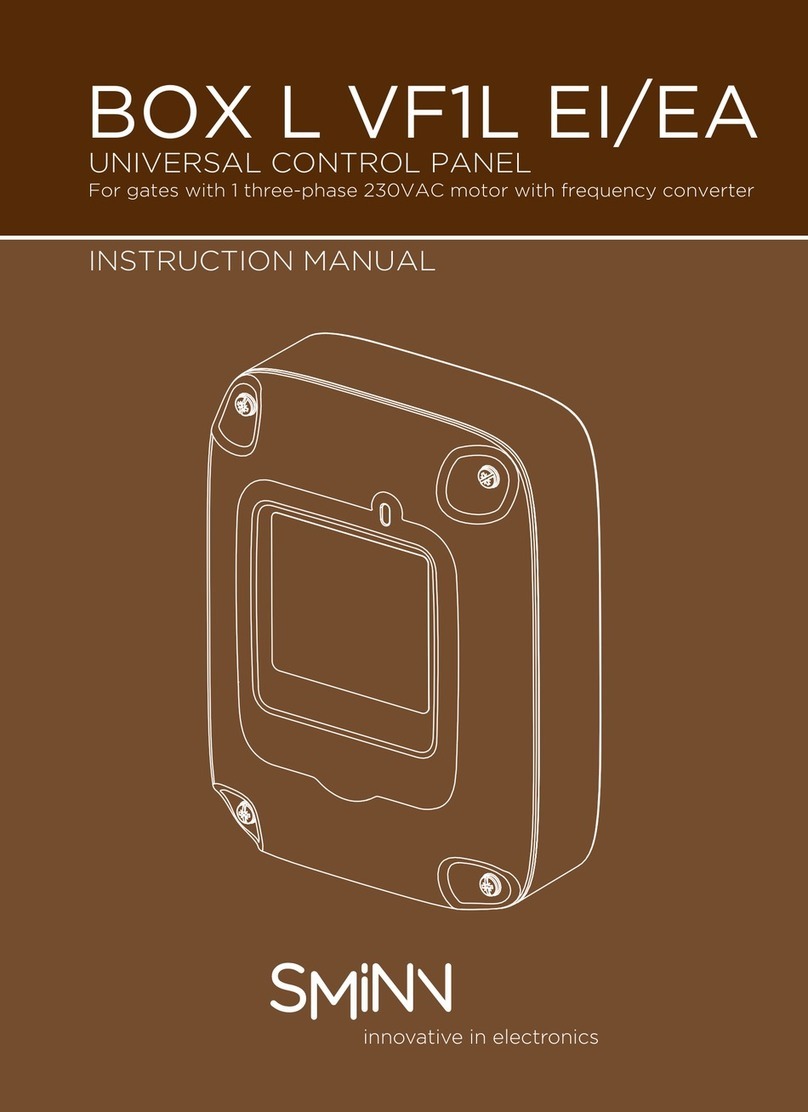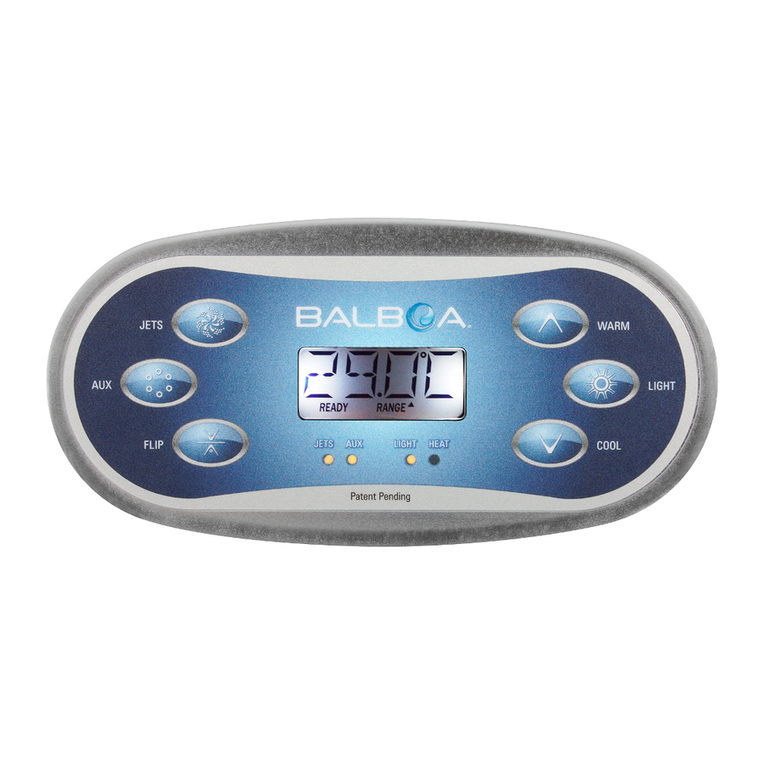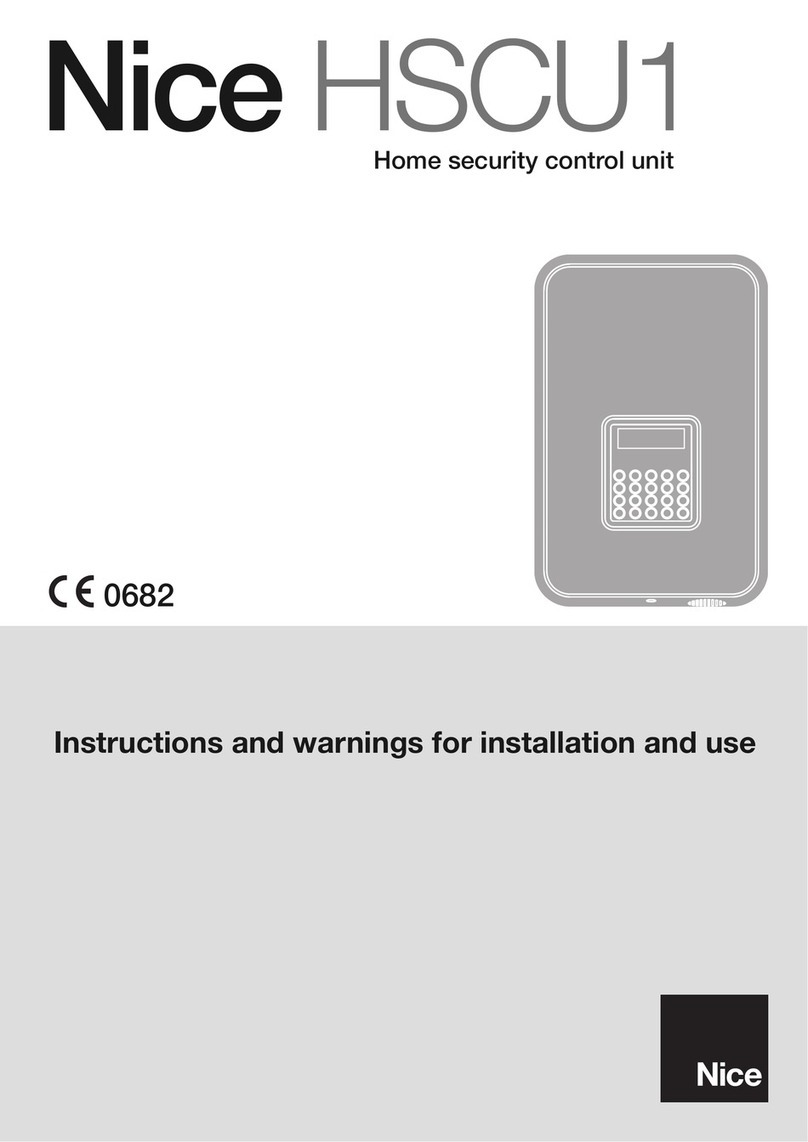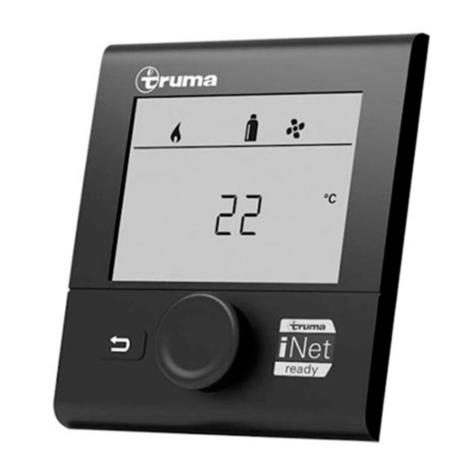
COMANDO ELETTRONICO AUTOMATICO “U” TYPE
• PRESENTAZIONE
Grazie ad una progettazione d’avanguardia è stato realizzato un comando elettronico automatico facilmente programmabile e con
elevatogradodisensibilità.
Con questo comando, gestito da microprocessori, è possibile realizzare il controllo del ventilconvettore grazie alle numerose funzioni
edopzioniprevisteconlapossibilità di visualizzarelemodalità di funzionamentoselezionatetramite la simbologiariportatasul display
acristalliliquidi.
Lefunzionibasedelcomandosono:
-Accensioneespegnimentodelventilconvettore
-Letturadellatemperaturaambiente
-Impostazioneeletturadellatemperaturaambientedesiderata(SET)
- Possibilità di selezionare il ciclo di funzionamento estivo o invernale direttamente dalla pulsantiera del comando, oppure, con un
segnaleelettrico,dallacentraletermicao,negliimpiantiaduetubi,inmodoautomaticotramiteunCHANGE-OVER.
-Selezionemanualedelletrevelocitàdelventilatore.
- Selezione automatica delle tre velocità del ventilatore in funzione dello scostamento esistente fra la temperatura impostata come
setequellaambiente.
- Comando termostatico di apertura o chiusura (ON-OFF), sia nel ciclo estivo che in quello invernale, della valvola acqua (impianto a
duetubi)odelleduevalvole(impiantoaquattrotubi).
- Negli impianti a quattro tubi con ventilconvettori corredati di valvole acqua ON-OFF e con presenza costante dei due fluidi (acqua
caldaeacquafredda)neicircuiti,èpossibileottenerelacommutazioneautomaticadallafaseriscaldamento aquelladi raffreddamento,
e viceversa, in funzione dello scostamento esistente fra la temperatura ambiente e la temperatura settata, con zona morta di 2°C.
- Inviandoal comando unsegnaleelettrico di fase, centralizzato,tramiteun temporizzatore o unsempliceinterruttore, si puòottenere
la variazione della temperatura impostata (riduzione di 3°C del set invernale impostato, ed incremento di 3°C del set estivo)
particolarmente utile durante il funzionamento notturno, oppure l’esclusione dal funzionamento del ventilconvettore per i periodi
diinattività.
- Collegando la sonda di minima (accessorio MWT posta tra le alette della batteria di scambio termico), nel solo ciclo invernale, il
ventilatore entrerà in funzione solamente se la temperatura dell’acqua è superiore a 42°C e verrà fermato quando quest’ultima è
inferiorea38°C.
- Controllo termostatico della resistenza elettrica (accessorio) quando installata sul ventilconvettore con funzione di riscaldamento
complementare.
Ilcomando“U”ècompostodadueunità:
- unità di controllo con pulsantiera e display, da installare sulla parete non perimetrale del locale da climatizzare lontano da fonti di
caloreedacorrentid’ariafredda.
-unitàdipotenzadaposizionareabordodelventilconvettore.
L’unitàdi potenza, alimentata a230Vecablata ai vari componentidelventilconvettore,è connessa con duesolifili(12V-DC)allaunità
dicontrollo.
ATTENZIONE: con comando “U” in OFF il ventilconvettore è ancora alimentato a 230V. Per qualsiasi manutenzione
assicurarsi di aver tolto la tensione.
1
Italiano

